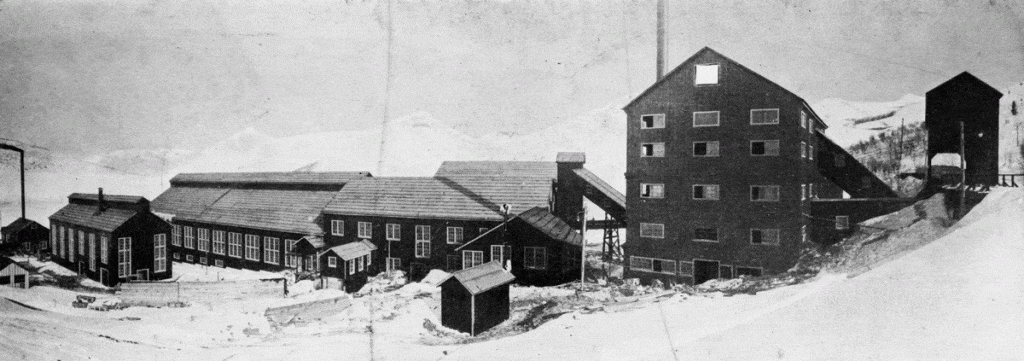Seeing the aurora borealis, or northern lights, is high on many people’s bucket lists. The vast majority of the time, this strange and beautiful light show is only visible in the far north regions (or far south if we account for the aurora australis, or southern lights) of the globe.
Auroras are produced when the solar wind emitted by the sun reacts with the upper layers of the earth’s atmosphere. The sun is constantly emitting energy and gases that interact with planets and other objects in the solar system. Because of this, in high latitude regions, the aurora is nearly constant, though not always visible to the naked eye.
Sometimes the sun belches out much more energy than normal. These solar storms and solar flares increase the intensity of the aurora close to the poles and enlarge the region in which a person can see the aurora in lower latitudes.
There have been a few times of particular note that the aurora has been seen over the lower-48 or other parts of the world not typically treated to the light display. In August 1859, a massive sun storm and solar flare caused disruptions to telegraph machines around the world, with auroras so bright they awoke prospectors in the gold and silver fields of the western US and made it so that Bostonians could read a newspaper at one o’clock in the morning.
Another aurora in December 1862 awed Confederate and Union soldiers on the battlefield at Fredericksberg in the midst of the Civil War. Yet another aided British Royal Air Force pilots on a night bombing raid over Germany in September 1941.
Park City has even seen a few auroras in its time. One that occurred on Wednesday, August 8, 1917, caused the sky above Utah to glow an eerie red. That Friday, the Park Record reported that, “those who were fortunate enough to witness the aurora borealis, or northern lights…say it was one of the prettiest sights ever witnessed.”
When the aurora is visible at lower latitudes to like ours, the lights don’t dance in curtains of greens, reds, and sometimes blues the way we might be used to in pictures or videos from the Arctic and Antarctic regions. Instead, they pulse with a diffused glow from the poleward horizon, looking almost like the sun is rising from the wrong direction or a far-off fire illuminates the sky.
The Salt Lake Tribune noted on August 9, 1917, that “telephonic inquiries kept the Tribune desk instruments busy, patrons asking what the light meant and whether a great fire was burning somewhere.” The Park Record published a similar story when it told of George Robins, night watchman at the Judge smelter, who called the city to inquire whether or not the Broadwater mill was on fire.
There were no fires to worry about, thankfully. Parkites safely enjoyed seeing the rare treat of the aurora in their high, clear mountain night sky.

Credit: Park City Historical Society and Museum, Jordanelle Special Service District Collection